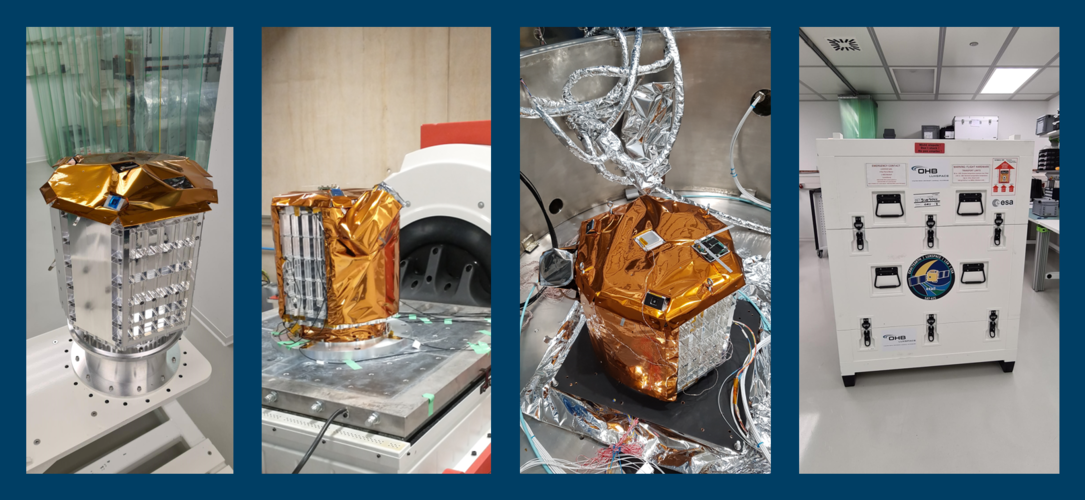Developed under an ESA Partnership Project with LuxSpace, the small satellite – called Triton-X Genesis – will demonstrate the performances of newly developed and highly innovative elements including: the avionics architecture that embeds a high-performance on-board computer; a telecommunications system that will enable to command, control and monitor the satellite; and a star tracker that provides high pointing accuracy of the satellite.
The satellite was built in less than 10 months using generic off-the-shelf building blocks, high-performance field programmable gate arrays and micro-controllers.
Tailored to be compatible with the new generation small launchers, rideshare and hosted payload mission architectures, Triton-X Genesis is due to be launched on board a SpaceX Falcon 9 in October.
The Triton-X platform can accommodate payloads up to 90 kg for a wide range of applications including telecommunications, Earth observation, situational awareness and in-orbit demonstration and validation.
Six ESA member states have subscribed to Triton-X Partnership Project. The programme is led by LuxSpace in Luxembourg together with six industrial partners and ten suppliers in Belgium, the Czech Republic, Germany, Portugal, Switzerland, and across Europe.
Triton-X is a new competitive and multi-mission European small satellite platform product line currently under development as part of ESA’s programme of Advanced Research in Telecommunications Systems (ARTES). It is designed to give low-cost and fast-track access to space for both commercial and institutional applications in low Earth orbit.



